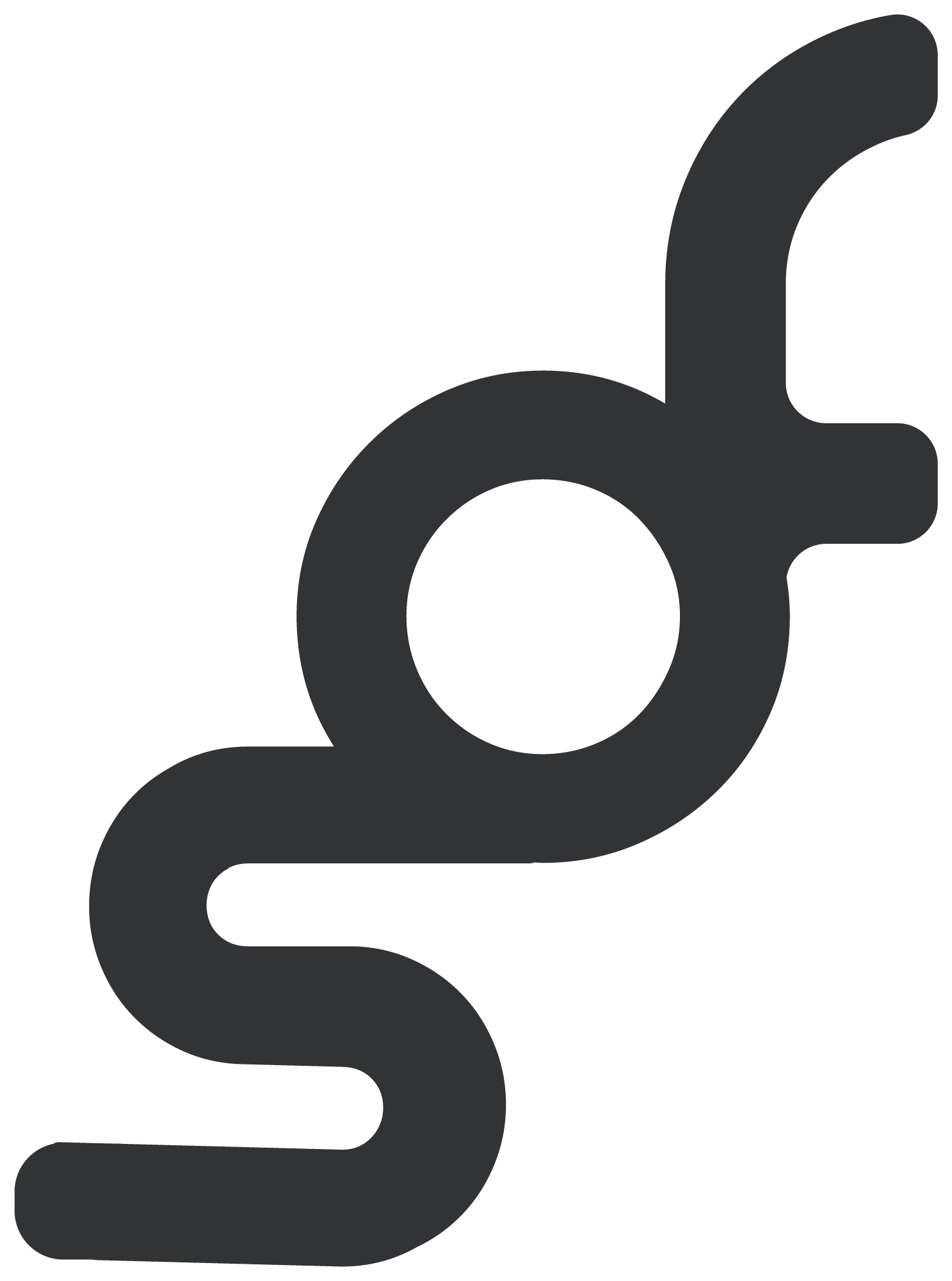3 Sites to release for a smoother feeling squat
A little while ago we wrote two brief accounts of what your warm up should involve. One of the key points we mentioned was muscle activation - this article is to help you make sure you are ticking the activation boxes.
Why activate? Well it is the best way to help wake your system up so everything feels smooth as soon as you start training rather than stiff and grumpy for the first half of your training session!
Abdominals
One of the most important things you can do if you are planning to exercise regularly (which you should be) is to learn how to use your abdominals correctly. Unfortunately it isn’t as easy as do a bunch of crunches/planks and you’re good to go.
What we suggest is to take the time and go to a pilates class/work with a trainer/physio that can teach you the correct movement patterns and constantly practice them.
This video gives a basic outline as to how it all starts and finding someone that can help you identify when you are contracting your abdominals correctly/incorrectly is going to be one of the best investments you can make!
Glutes
Chances are your glutes are weak. If you spend most of the day sitting, the chances are even higher!
Your glutes are one of the primary force generators in the body and if you’re about to exercise it is crucial (and obvious) that you’d want the primary force generators activated and ready to generate force.
Any glute activation exercise is good - if executed correctly. If your short of options keep an eye out on our social channels as we will be dropping a few in the coming weeks.
Scaps
By saying scaps, we mean all the muscles that move your shoulder blade - yes, all of them!
The shoulder blade is responsible for supporting the shoulder joint through movement. Far too often we see people with poor scapular control attempt to train their upper body and then complain about shoulder joint pain.
By taking the time to activate the muscles that move your shoulder blade, your body will naturally use the shoulder blade to help guide and support the movements of your upper limbs.
Back Extensors
Again, like your glutes, chances are pretty high that your back extensors are in all sorts thanks to being hunched over a desk all day.
Your lumbar extensors (lower back) are probably tight as all hell and your thoracic (upper back) is probably rounded and disappointing your grandparents immensely.
A healthy joint is a joint that can move well - your spine is just an accumulation of joints stacked on top of each other. So whilst your abdominal activation will help you flex your spine, your back extensor activation will help you extend your spine.
Both flexion and extension of the spine are crucial and abundant in a training session (think flexion in push up position and extension in squats or deadlifts) so it’d be pretty mad to begin a training session without showing the brain where and what the muscles that do these movements are.
Hip Flexors
Yeah, you’ve got tight hips as well and there is a good chance that the tight/discomfort feeling you have at the start of your training session is a result of these bad boys.
Take the time to learn how to lengthen them correctly and start doing it - often!!
Simple stuff but it’ll go a long way to making every session you do feel smoother and more enjoyable from the start.
#teamSOF
